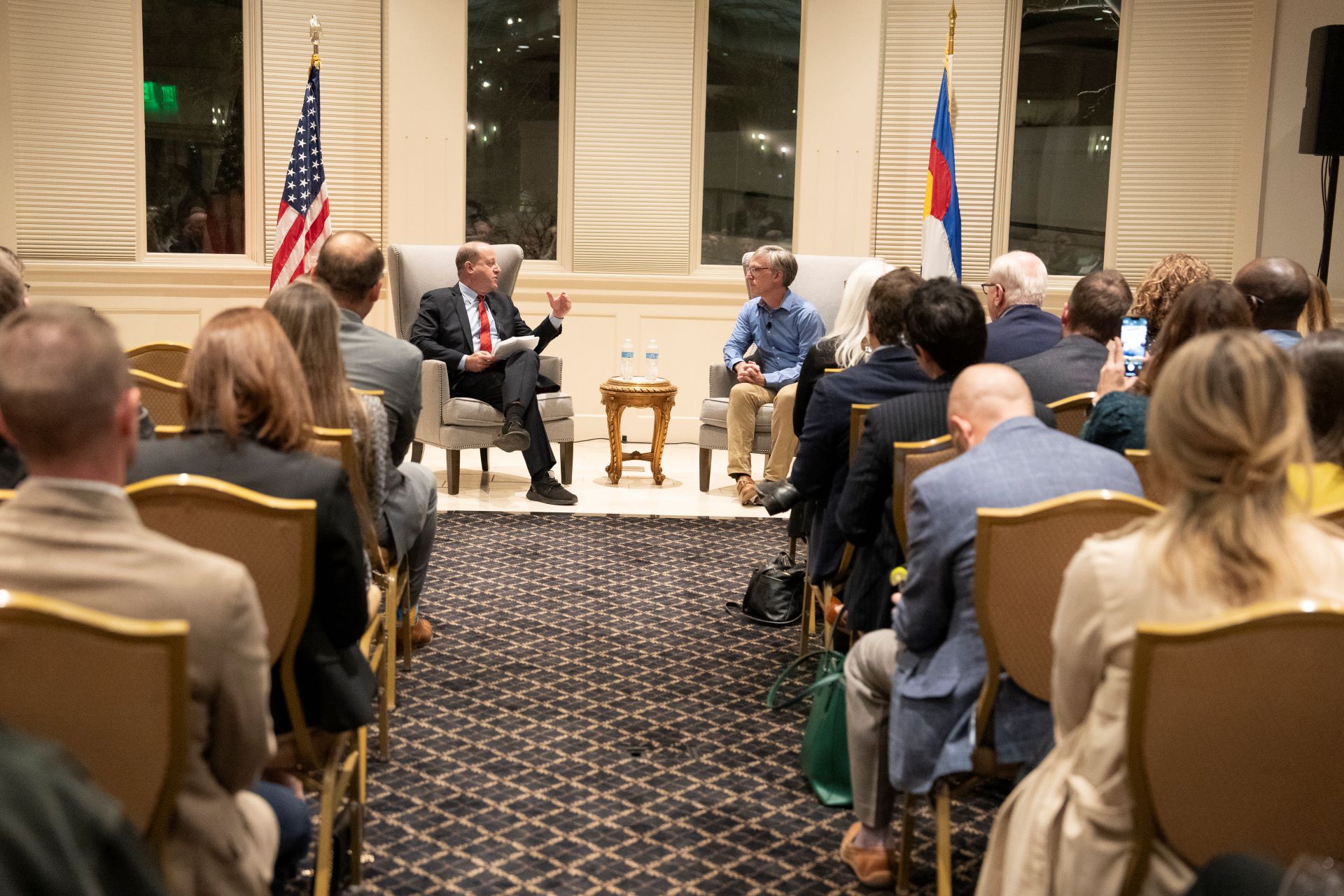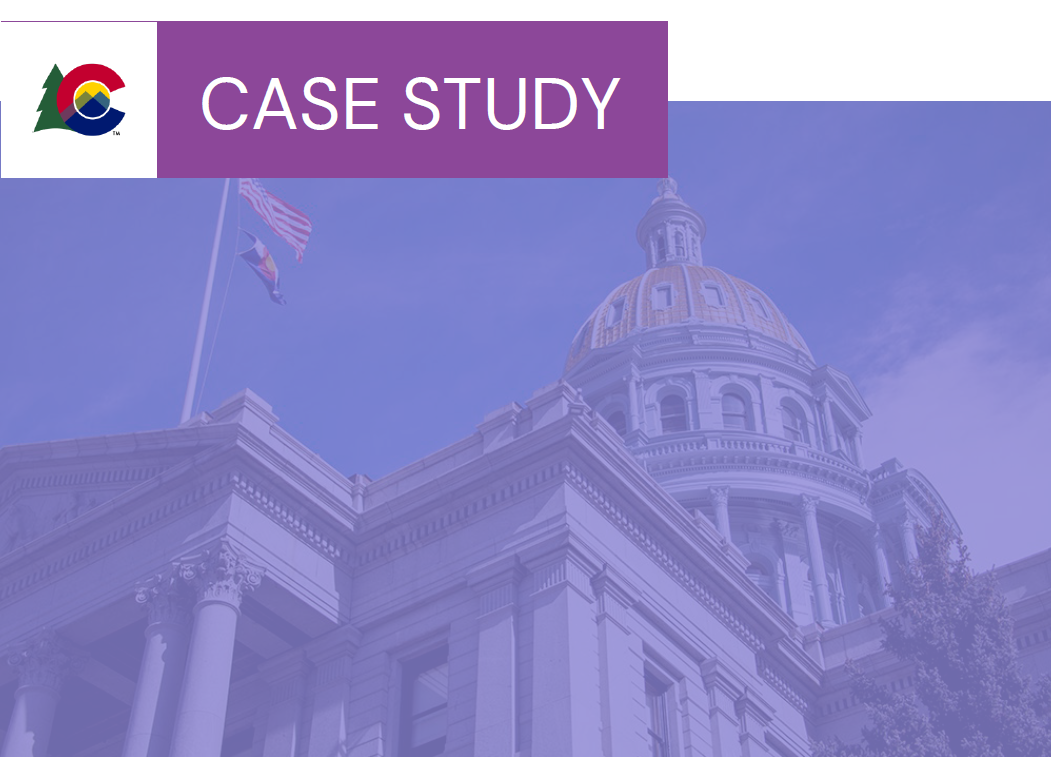This memorandum identifies and describes several strategies states deployed to counter false information campaigns during the 2020 election and examines how they may augment states’ COVID-19 vaccine messaging efforts by building better public resilience to false information and restoring trust in official sources of information.
(Download)
States and territories are grappling with a significant increase in false information spreading around different societal events, particularly the twin lightning rods of the COVID-19 pandemic and the 2020 presidential election. The past year in the United States included acts of targeted violence around transitions of power and mistrust of public health guidelines. These types of events were linked to widespread susceptibility to radical conspiracy theories and a general lack of faith in the checks and balances of democracy. The COVID-19 vaccination effort has been heavily politicized and besieged by false information. With under 60 percent of the U.S. population above 12 years old fully vaccinated and the highly contagious Delta variant the dominant strain in the U.S., messaging around the safety, efficacy and urgency of the vaccine remains a critical public safety priority.
Misinformation, Disinformation, Malinformation and the COVID-19 Vaccine
False information campaigns, including misinformation, disinformation and malinformation (MDM), exploit the emotional nature of societal issues, influence public opinion, sow social discord and erode trust in public institutions. Misinformation refers to false information shared inadvertently or without harmful intent; disinformation refers to the deliberate creation of inaccurate information for malicious purposes; and malinformation refers to the use of facts deliberately out of context with an intent to mislead. While misinformation may be inadvertent, disinformation and malinformation campaigns seek to mislead or manipulate their targets on a particular issue. Information campaigns have historically been associated with vaccine hesitancy. Recently, an abundance of MDM has focused on the COVID-19 pandemic, mainly spreading claims about the virus’ severity, transmission and treatment. Likewise, MDM has surrounded the COVID-19 vaccine and its development and distribution. The claims strategically target specific populations aiming to cast doubt on the vaccine’s efficacy, safety and credibility.
Strategies for Countering MDM Campaigns
A range of threat actors deployed election-related information campaigns in 2020, giving state and local officials critical experience in countering those that may apply to other events. This memorandum will identify and describe successful strategies and examine how they may augment states’ COVID-19 vaccine messaging efforts by building better public resilience to MDM and restoring trust in official sources of information. Those strategies include:
- Leverage Governors’ offices in elevating official guidance;
- Build public resilience to MDM through public education campaigns;
- Elevate trusted voices in the community;
- Engage the media as a partner on counter-MDM messaging; and
- Validate and secure official sources of information.
Leverage Governors’ offices in elevating official guidance
MDM campaigns exploit confusion, doubt or hesitancy; therefore, public messaging needs to be timely, unified and clear. Reinforcing official guidance in a timely, clear manner offers a unified front to the public and reduces the likelihood of contradictory information. During the 2020 election cycle, Governors used their platforms to highlight and reinforce election officials’ messaging, including holding joint press conferences with chief election officials or sharing public service announcements on voting guidance. For example, Minnesota Governor Tim Walz released a video with three former Minnesota Governors encouraging residents to vote and reiterating the message that the public should not expect the results on Election Day given the circumstances around COVID-19 and mail-in ballots.
Governors serve as the face of each state and can align their vaccine information communication with official public health guidance, streamlining outreach efforts on any updates on vaccine rollout or on which populations are eligible. Many have held joint press conferences with chief public health officials and used a variety of mediums to message the vaccine’s safety, effectiveness and importance to residents, including sharing pictures of themselves receiving vaccinations. Communications should be clear on the science behind the vaccine and its side effects and any risks involved, while also reinforcing the individual and social benefits of the vaccine.
Build public resilience to MDM through public education campaigns
A critical piece to countering MDM campaigns is educating the public on the threat and how to identify it. State officials may look to build public resilience to common MDM themes and tactics through dedicated public awareness campaigns focusing on facts and official guidance. For example, the 2020 election featured a rapid shift in the voting process for many states given the need for expanded early and vote-by-mail options, which MDM campaigns actively sought to exploit. State officials countered these campaigns in advance of Election Day, preempting expected false narratives with facts, clearly displaying official voting guidelines and reinforcing the security and integrity of the voting process.
The Department of Homeland Security’s Cybersecurity and Infrastructure Security Agency (CISA) created a Rumor Control page that listed and debunked several of the most common MDM narratives surrounding the 2020 election. The page served as a model for states to launch their own, including Arizona, where the Secretary of State’s fact-checking page countered election-related MDM narratives and included a curated list of informational resources for voters. Likewise, the New Jersey Office of Homeland Security and Preparedness created a Disinformation and Rumor Control page that tracked MDM campaigns and provided guidance on identifying common disinformation tactics. In addition to creating a similar MDM-tracking website, the Colorado Secretary of State launched an effort to identify key words trending in internet searches around common MDM themes, and then bought Google ads on those terms that positioned correct information alongside the top results.
As states seek to mitigate the effect of vaccine-related MDM campaigns, state and local governments can use similar debunking tactics to redirect public attention to positive messaging and correct information. Organizations like the Virality Project and Project VCTR track ongoing and emerging narratives related to the COVID-19 vaccine and are useful resources for local and state offices looking to anticipate and counter MDM themes with fact-based, straightforward narratives.
Elevate trusted voices in the community
As MDM campaigns emerge, they often exploit and target issues specific to different populations and communities, some of which may not trust or have easy access to official sources of information. To mitigate this, state and local election officials leveraged trusted voices in communities – such as community centers, faith-based organizations or even professional sports teams – to amplify official messaging on voter information. These networks of community voices acted as a force multiplier, reinforcing, extending and validating state messaging. For example, the Ohio Secretary of State formed partnerships with grocery stores and barbershops to disseminate resources on voter registration and absentee ballots.
States should continue to similarly engage community leaders to advocate for the benefits and safety of the COVID-19 vaccine, elevating trusted voices, such as doctors, nurses, community organizers and faith-based organizations. In addition to fostering local advocates, many states have partnered with local organizations to offer incentives to vaccinated individuals, such as cash prize drawings or perks with amusement parks, breweries and regional airlines.
As states conduct public education campaigns within communities, ensuring messaging is accessible to different populations, including non-English speaking people, is critical. Disinformation campaigns surrounding the 2020 election targeted non-English speakers and offering updates and information in several languages can help reach particularly vulnerable segments of the community.
Engage the media as a partner on counter-MDM messaging
The media, especially local and regional outlets, can be useful in educating the public around a particular issue; however, many media members may be unfamiliar with the specific context of the issue and possibly susceptible to MDM campaigns. State officials can alleviate this by regularly engaging with local media outside of formal press conferences to discuss the issues. For example, in 2020, election officials across the country worked to engage local reporters well in advance of Election Day to provide background information and context on the voting process (i.e., informal briefings on state rules, what to expect on Election Day and typical incidents election officials encounter, etc.) and establish lines of communication in the event of any incident. These discussions helped the media clarify any incidents, real or rumored, with election officials, reduced the potential for misleading information being repeated by media and provided an additional opportunity for the media to direct the public to election officials’ messaging.
Given the MDM surrounding the COVID-19 vaccine, public health officials can establish relationships with local media members and offer opportunities to discuss the vaccine rollout, common MDM vaccine themes and answer any questions. This can preempt instances where media unintentionally report misleading or inaccurate information, build media outlets’ resistance to MDM narratives and encourage sharing of official guidance around the vaccine.
Validate and secure official sources of information
Election officials sought to reduce the impact of false information by increasing public awareness and visibility of official sources of information, such as election officials’ websites and social media accounts. State and election officials created accounts if none existed and then verified them with social media companies. Once created and verified, accounts should add additional security layers, such as multi-factor authentication. Secured and verified social media accounts also make it easier for the public to locate and determine the accounts’ legitimacy.
Another option to strengthen the security and perceived legitimacy of local government websites is adopting the .gov internet domain – now available to qualifying public sector entities at no cost. The .gov domain name – reserved solely for U.S. government organizations and equipped with additional security features– makes it easier for the public to identify and trust a page as an official source of information and reduces the likelihood of threat actors compromising or impersonating government sites. Having all public sector accounts and websites within a state verified, secured and operating under a .gov domain name can be an effective counter measure to MDM campaigns. The uniform branding is easily recognizable and marks the site as a valid and trusted source of information.
Additional Resources
- NGA Vaccine Communication Resources
- CISA MDM Resource Library
- Center for Disease Control COVID-19 page
- The Virality Project
- Project VCTR
- Belfer Center Defending Digital Democracy Project Election Influence Operations Playbook
- National Association of Secretaries of State Trusted Information Campaign
- Vaccine Misinformation Management Guide
For questions or concerns related to the contents of this memo, please contact: John Guerriero (jguerriero@nga.org)
Funding for this memo was made possible by the Trusted Elections Fund.













